Prelude to Chemistry: Images from the Alchemy Collection
In order to write four influential books on the history of chemistry, St Andrews’ Professor John Read (1884-1963) assembled a remarkable collection of primary sources.
Read, a brilliant organic chemist who specialised in stereochemistry, had been recruited from Cambridge to a named chair at St Andrews in the 1920s. He was a prolific scholar, publishing 17 books and over 250 scientific articles as well as being an excellent teacher.
Read’s historical chemistry collection comprises 600-700 rare books, as well as manuscripts, such as Isaac Newton’s hand-written notes on alchemy. After Read’s death in the 1960s, the collection was transferred to the library. The collection was catalogued, but not online. Sometimes special collections are hidden right under our noses!
Jen Schaffner, our Project Cataloguer for the past year, has been taking images of rare books from the collection. Here are some of her highlights:
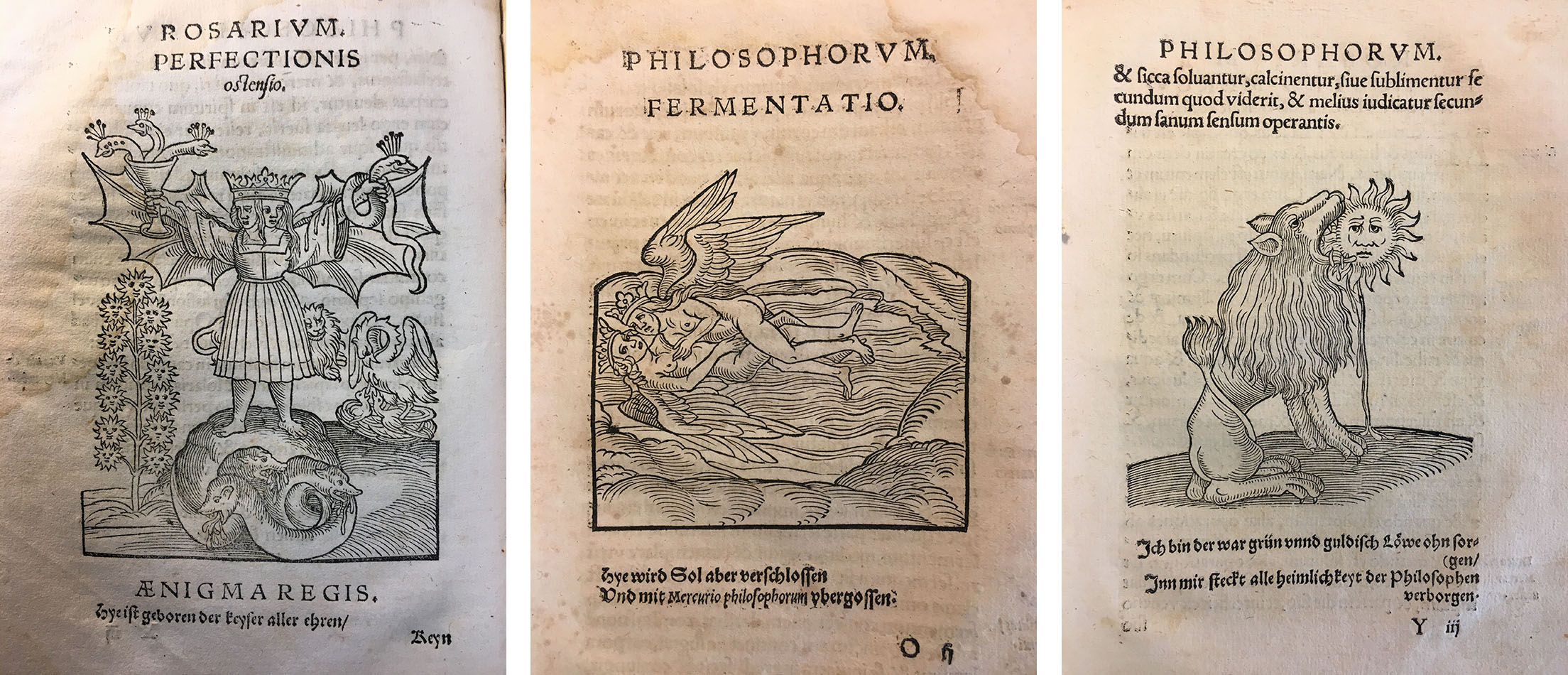
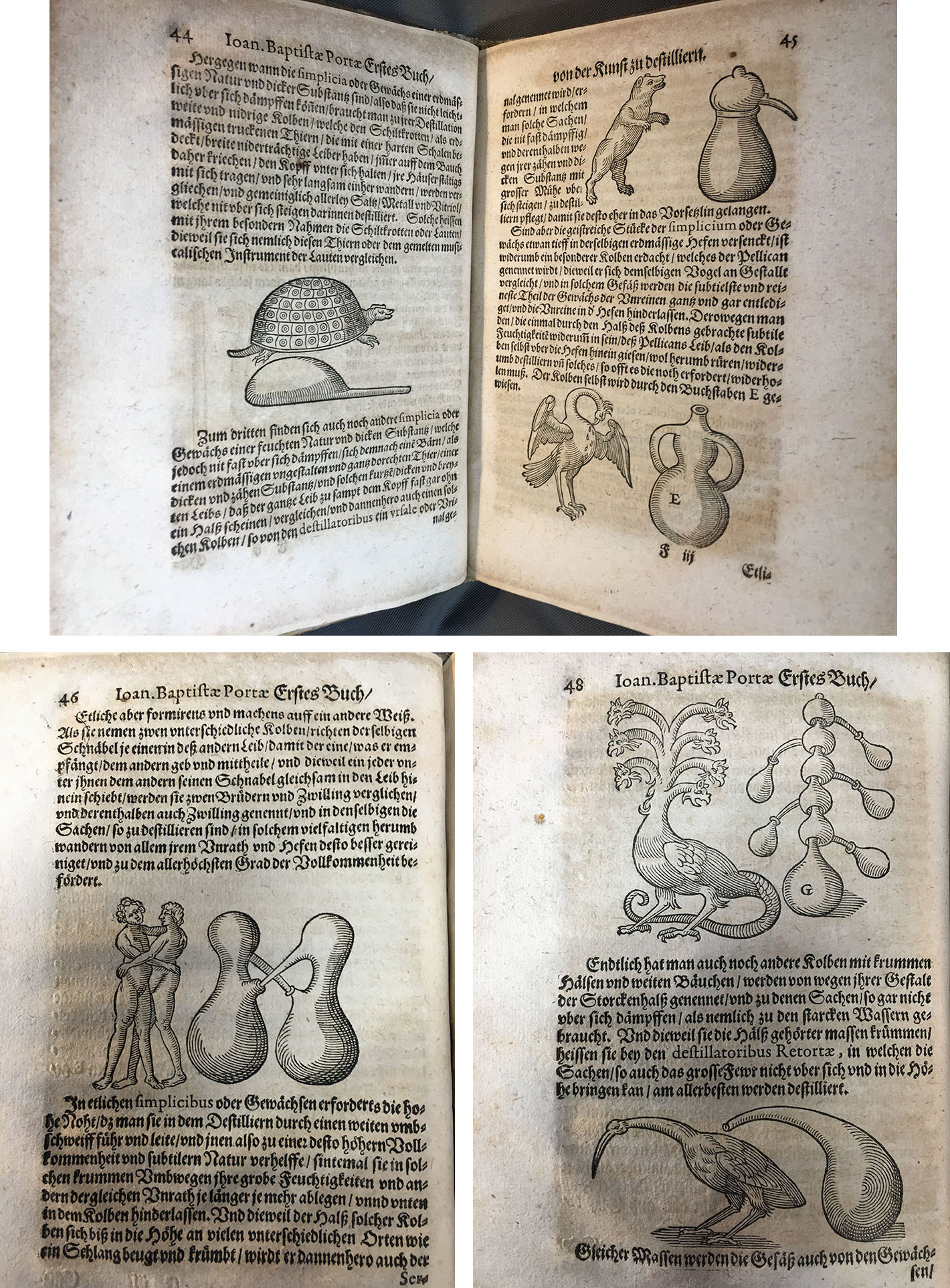
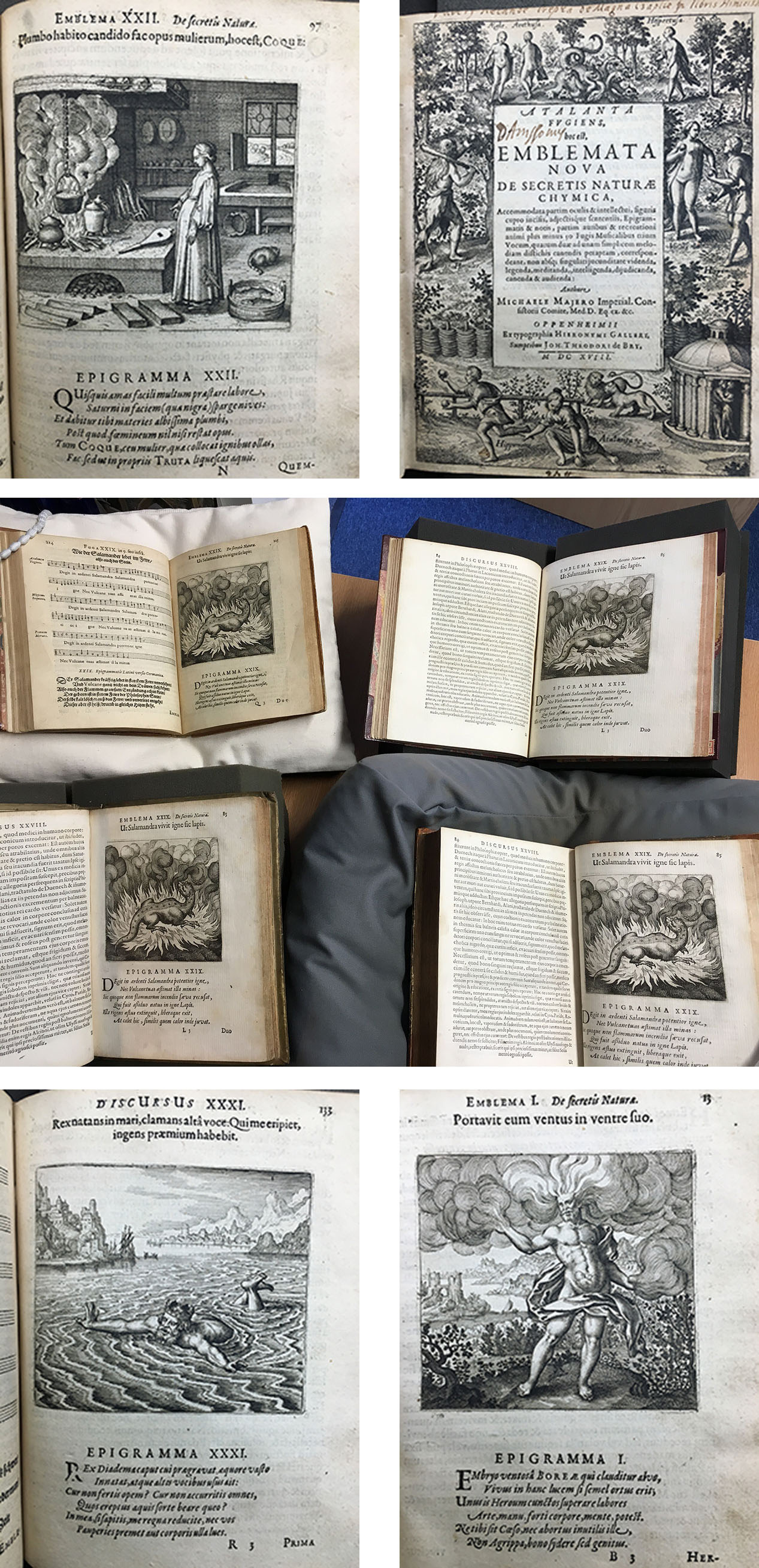
Recording found in the collection of the St Andrews University Choir performing fugues from Atalanta Fugiens at the Royal Institution, 22 Nov 1935.
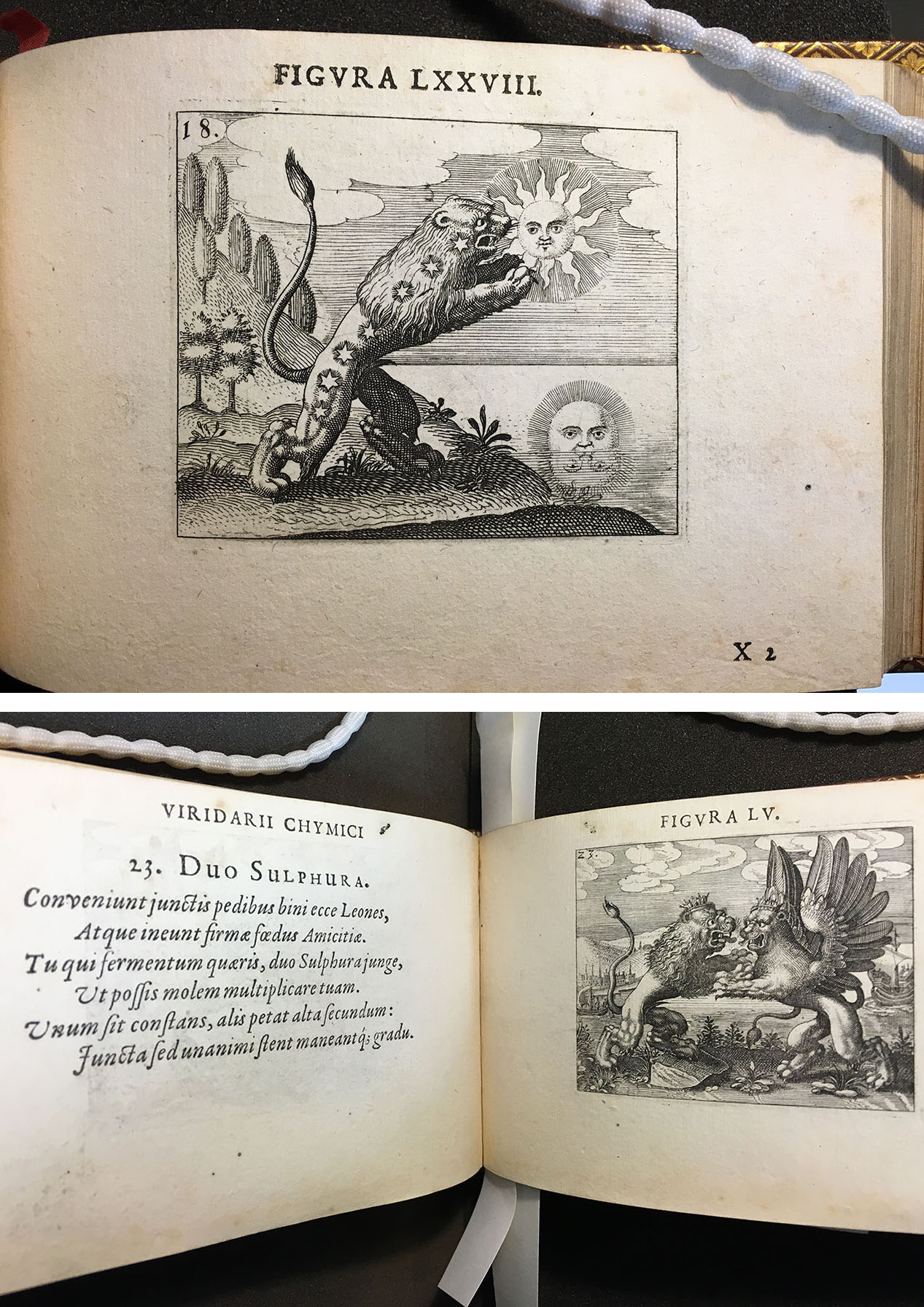
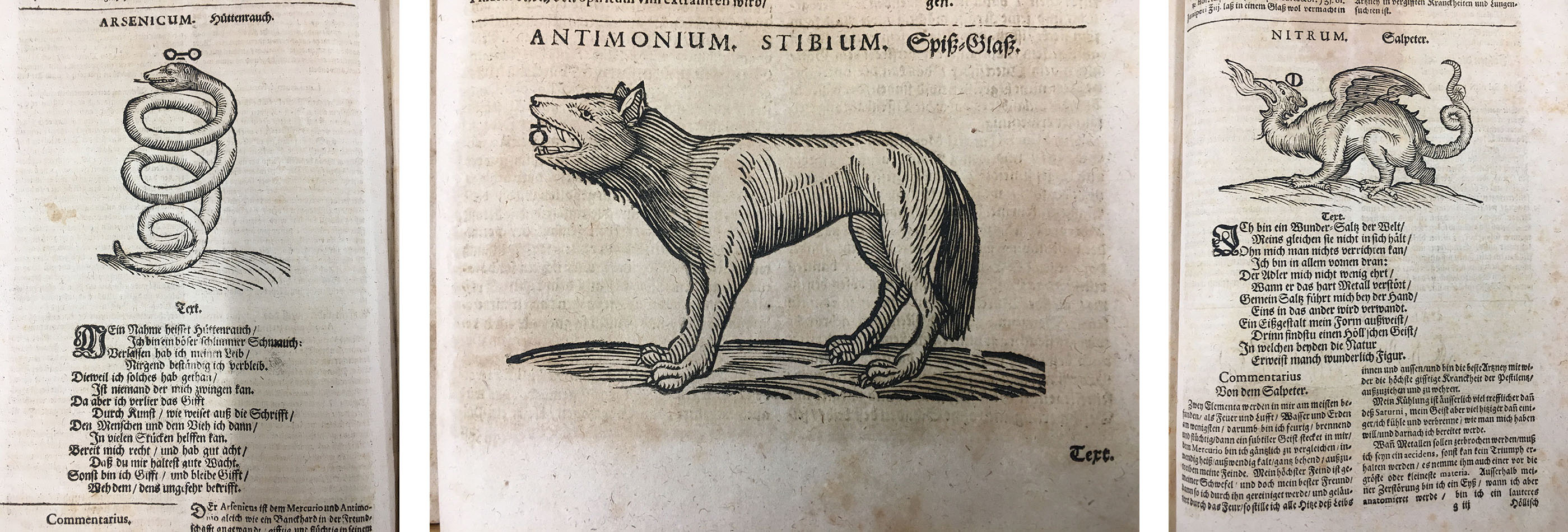
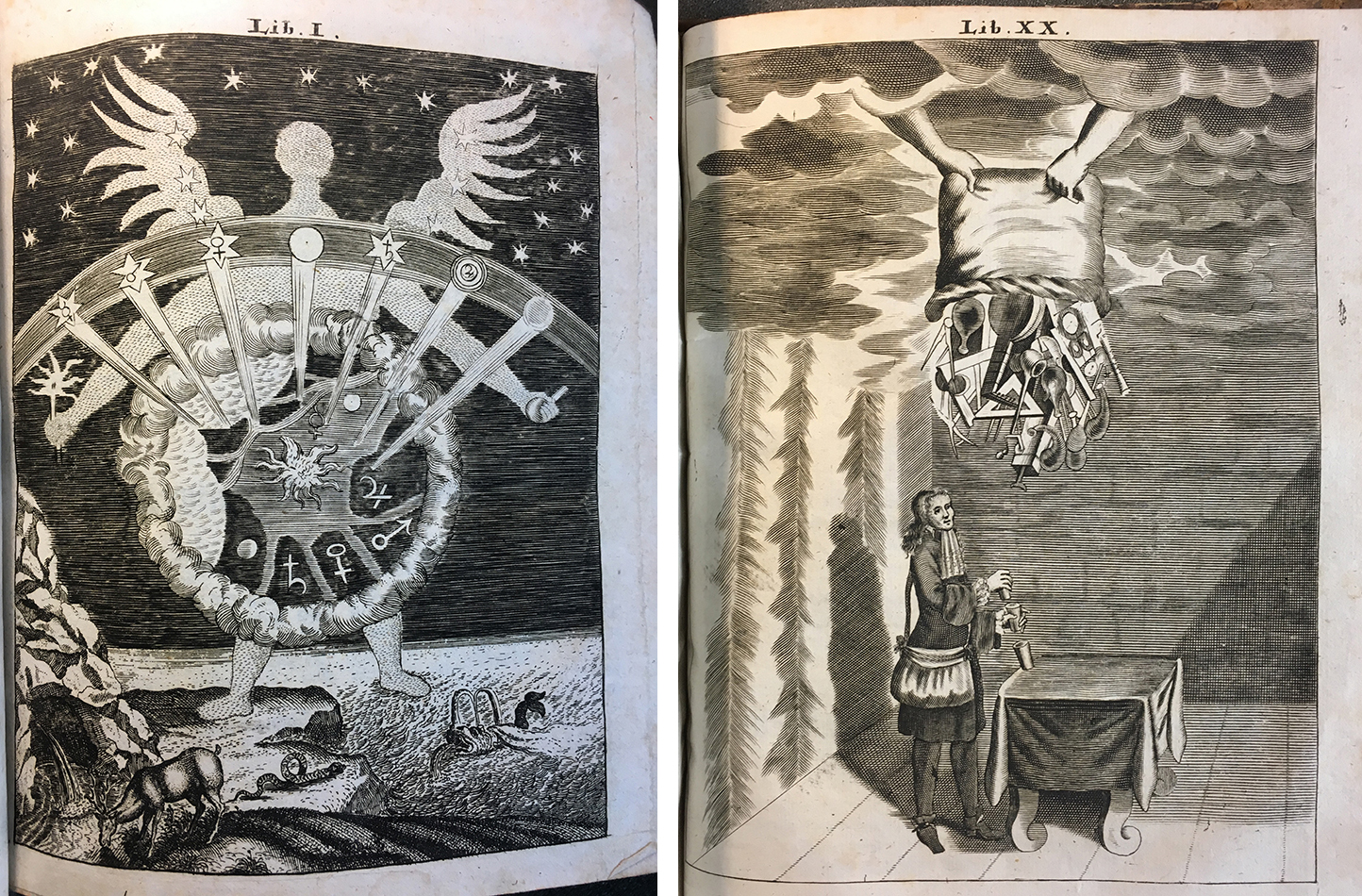
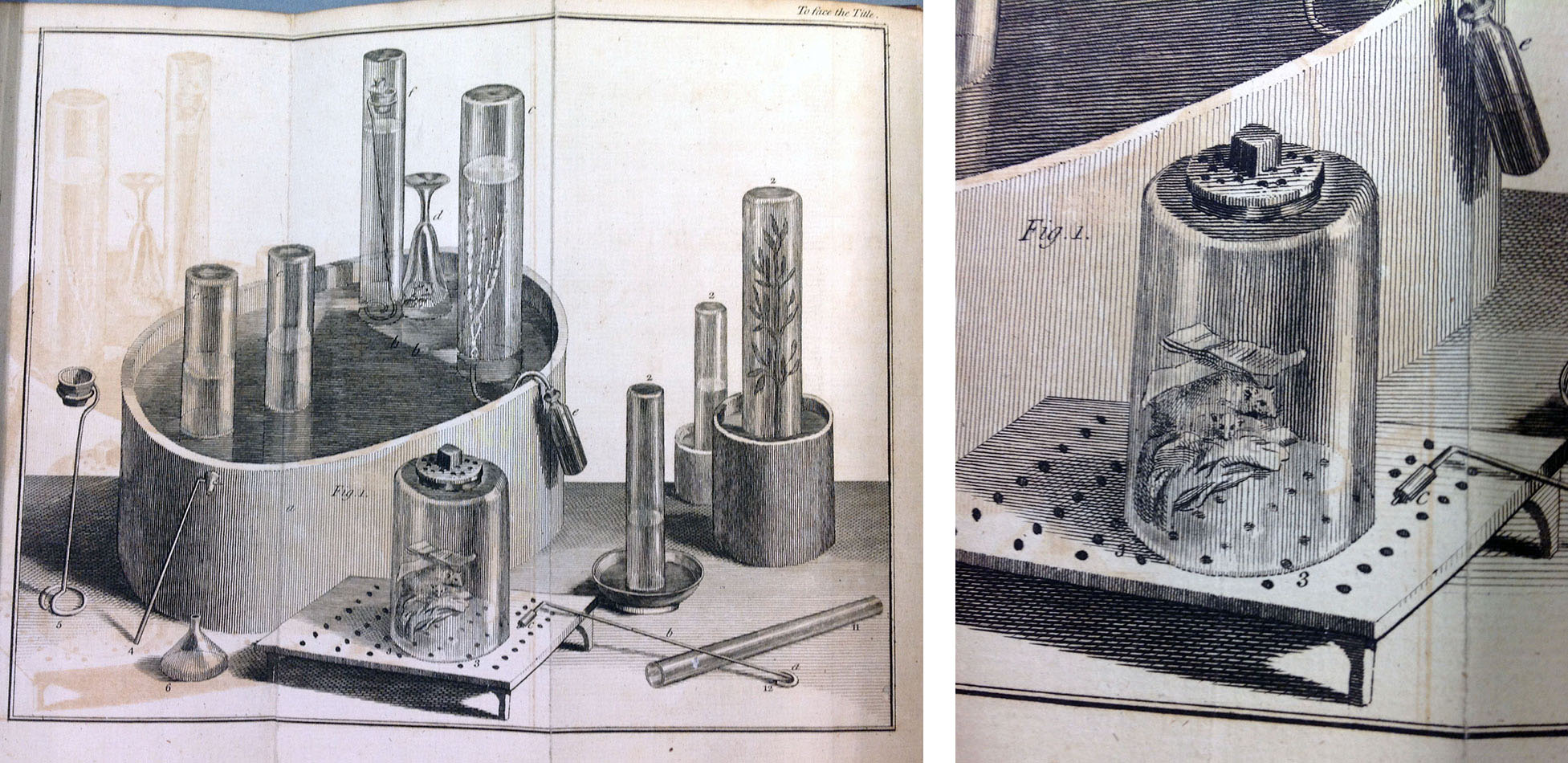
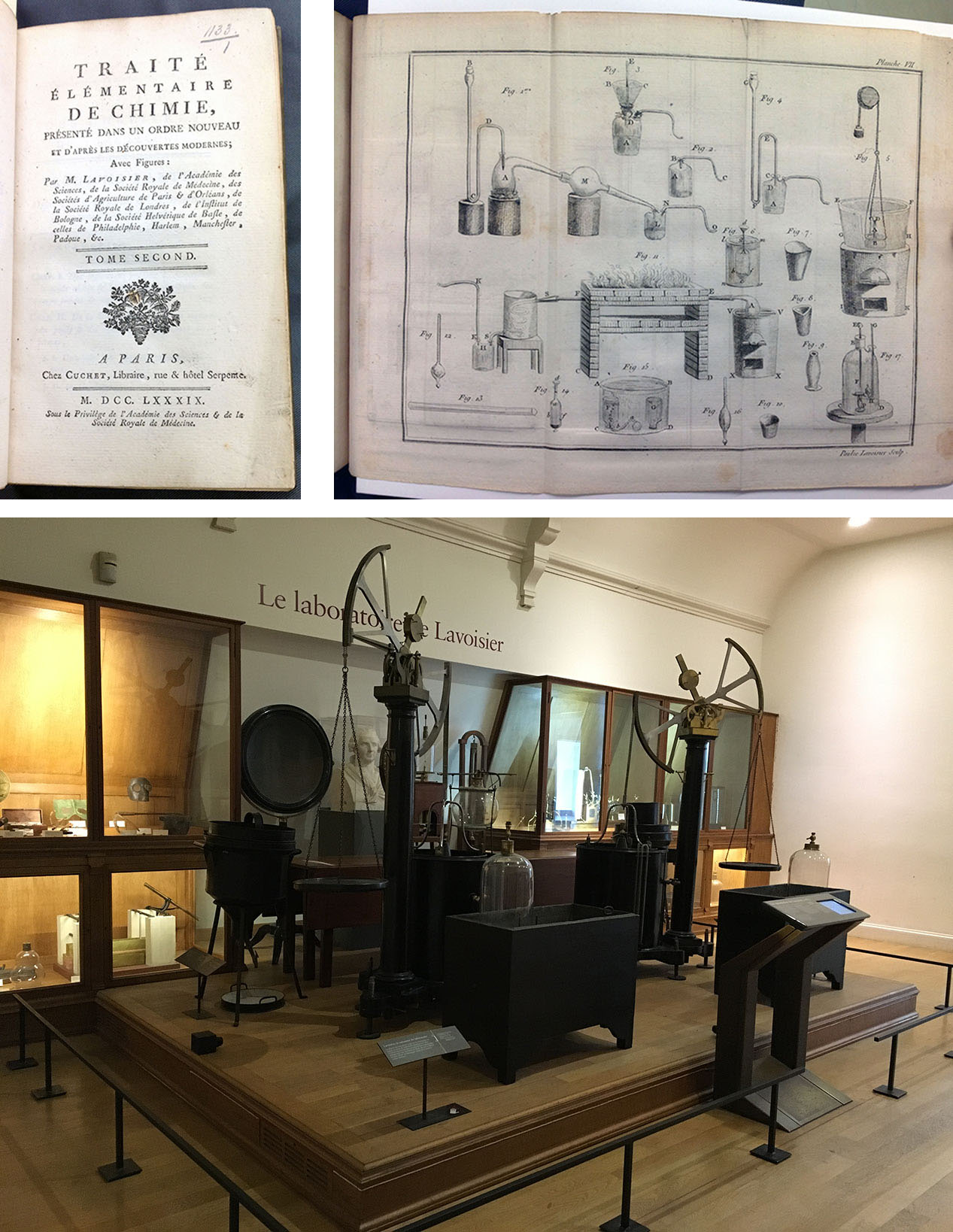
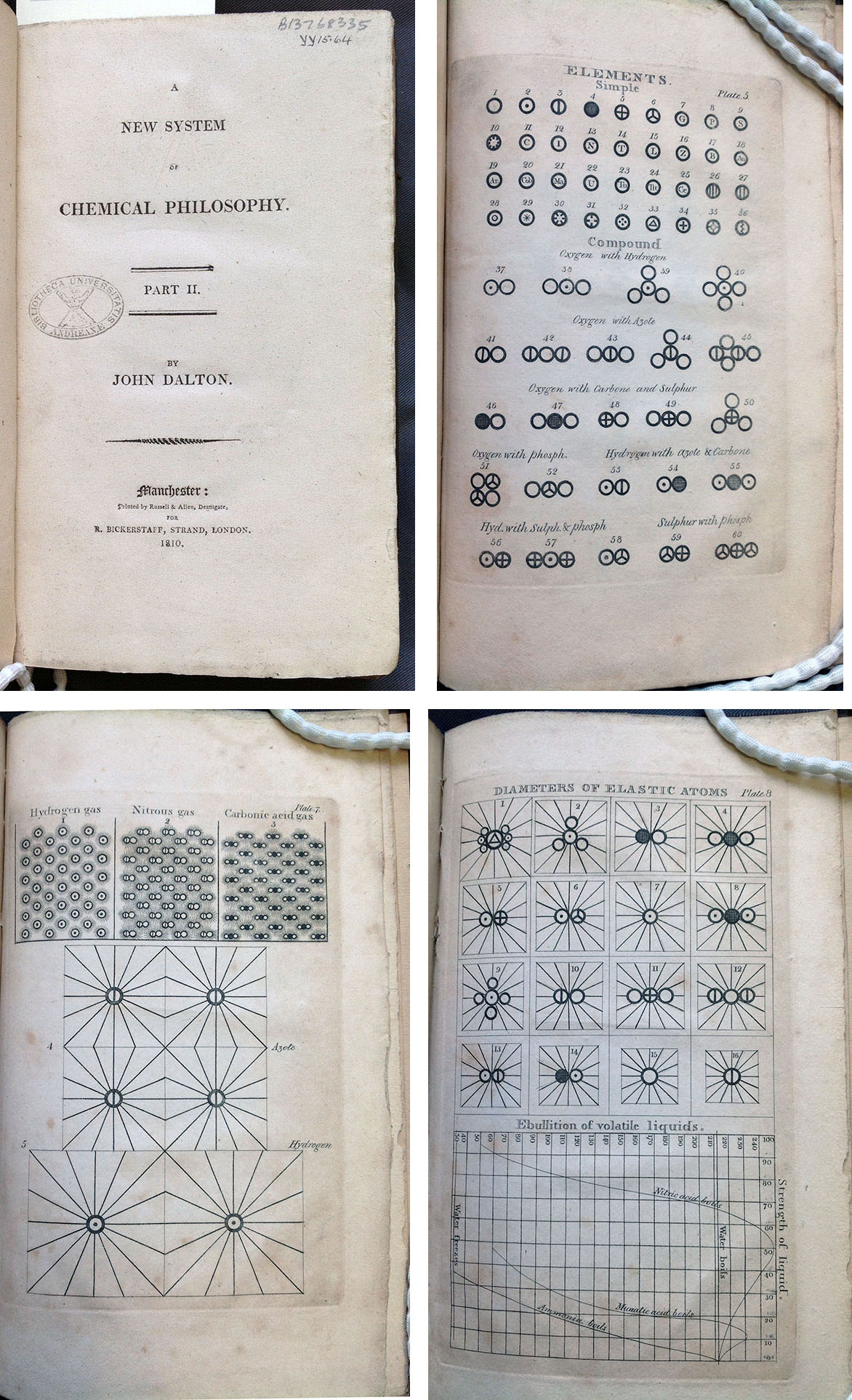
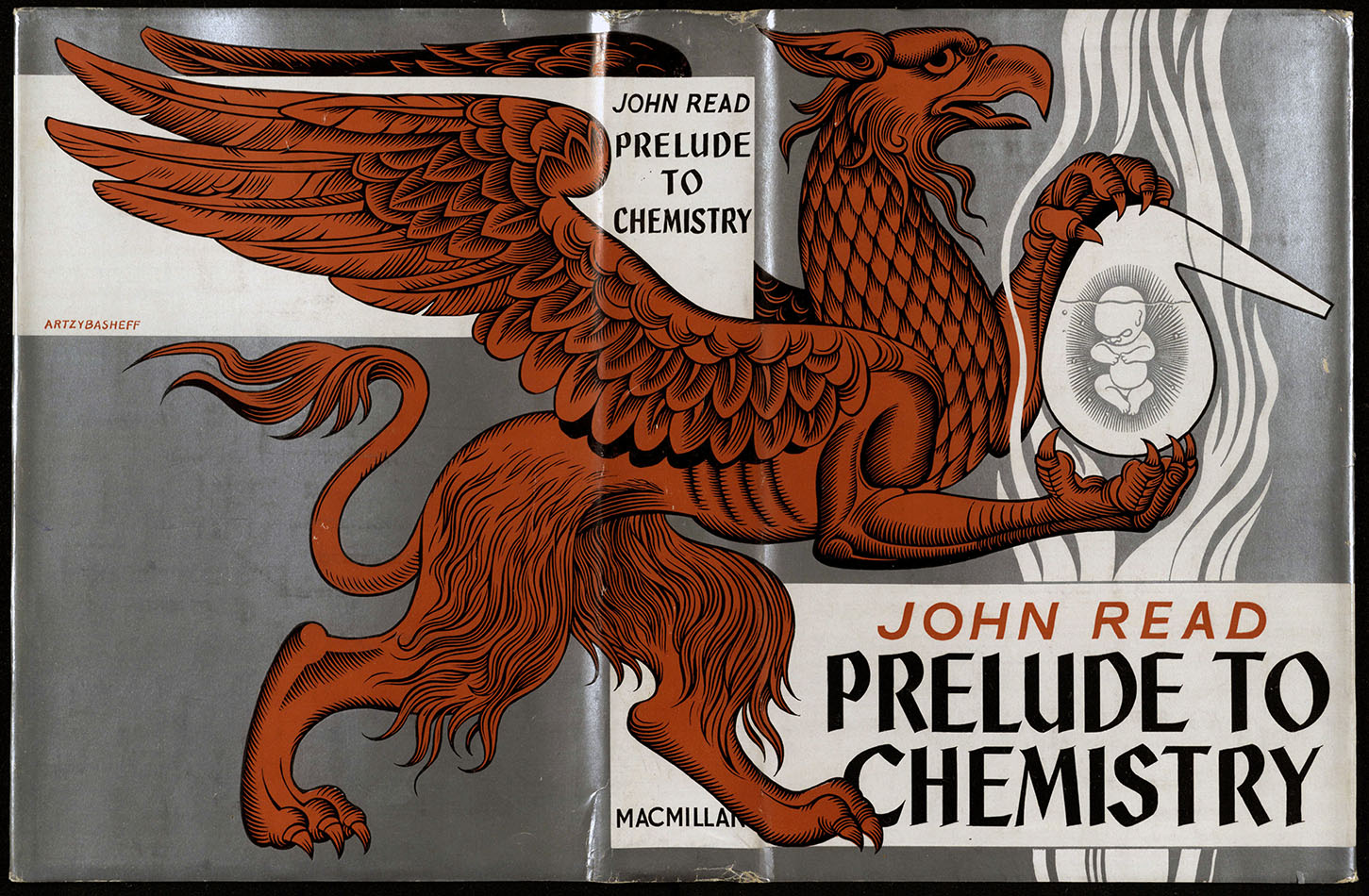
Jennifer Schaffner
Temporary Project Cataloguer
So does this mean the catalogue will be put online at some point? I'd like to have a look at the books, for reasons of historical research.
Hi, Guthrie! Thank you for asking. This is exactly why St Andrews raised funds for this special project – to let the world know that this amazing collection is available to everyone. You can find the online catalogue here for the alchemy and historical chemistry rare books that were published in the 15th-18th centuries. I’m just starting on the 19th century books, like Dalton. I add online catalogue records daily. When a researcher would like to consult a book that we have just catalogued, it makes a rare book cataloguer’s heart full. Please let me know how I can improve the records? -Jen